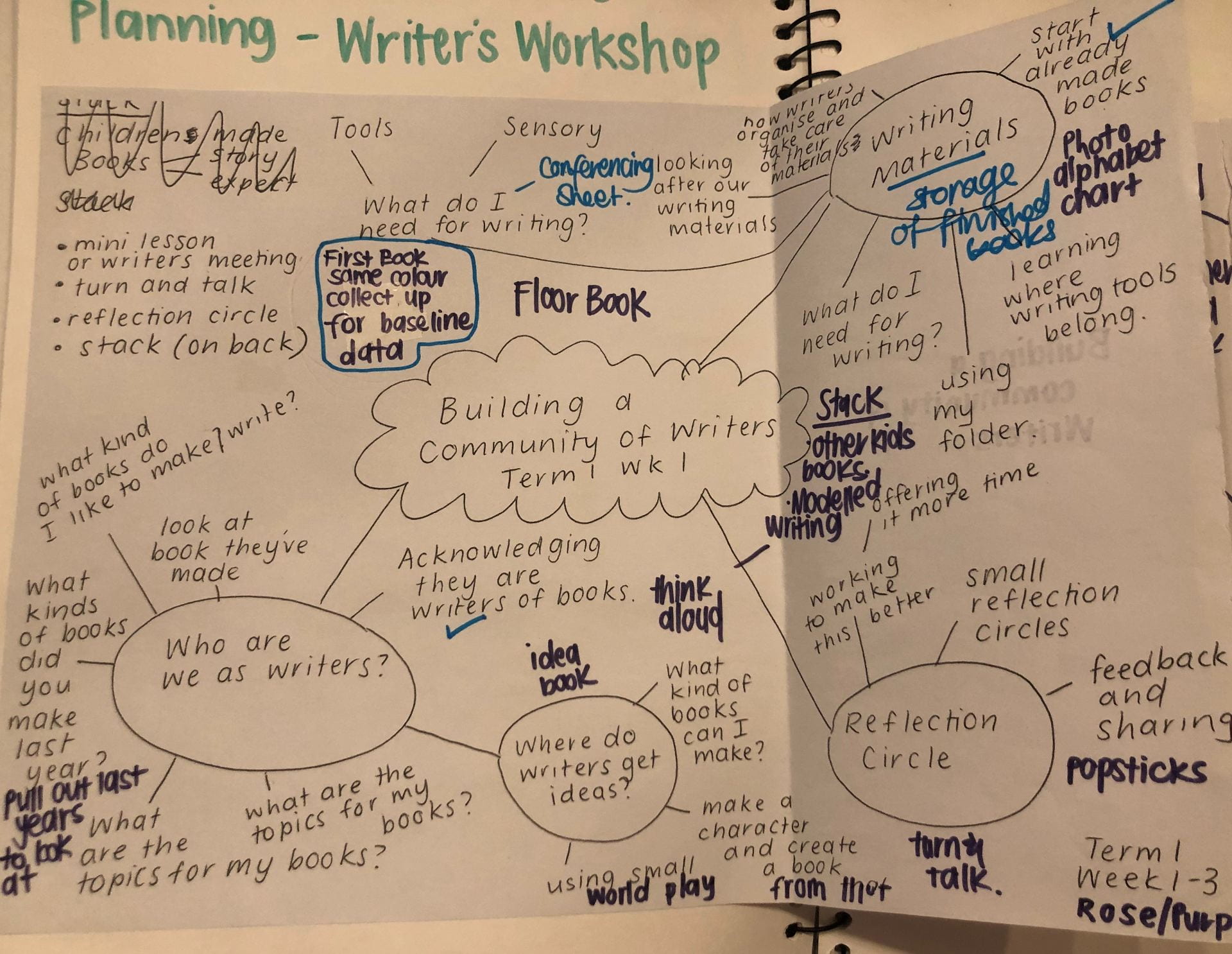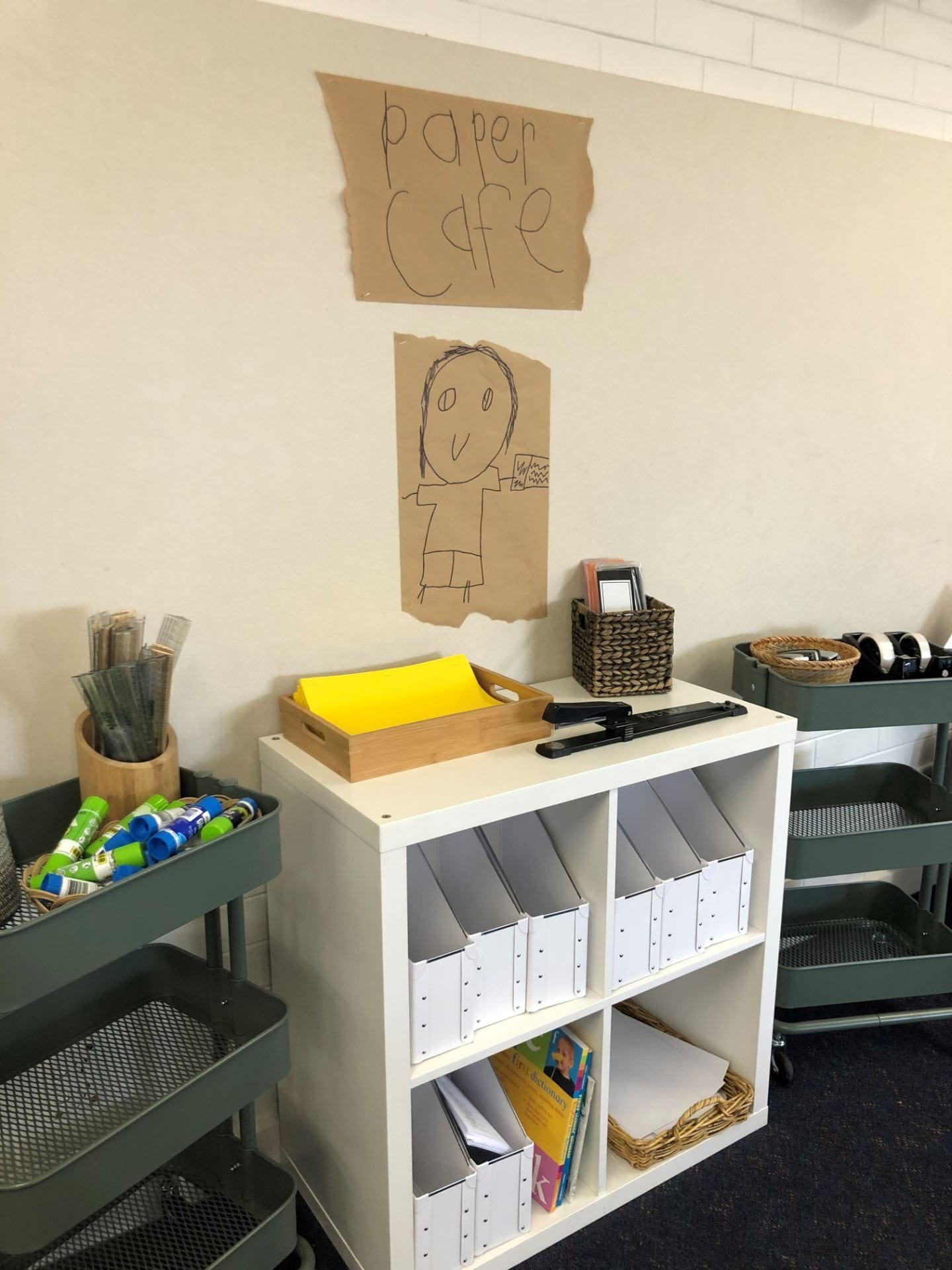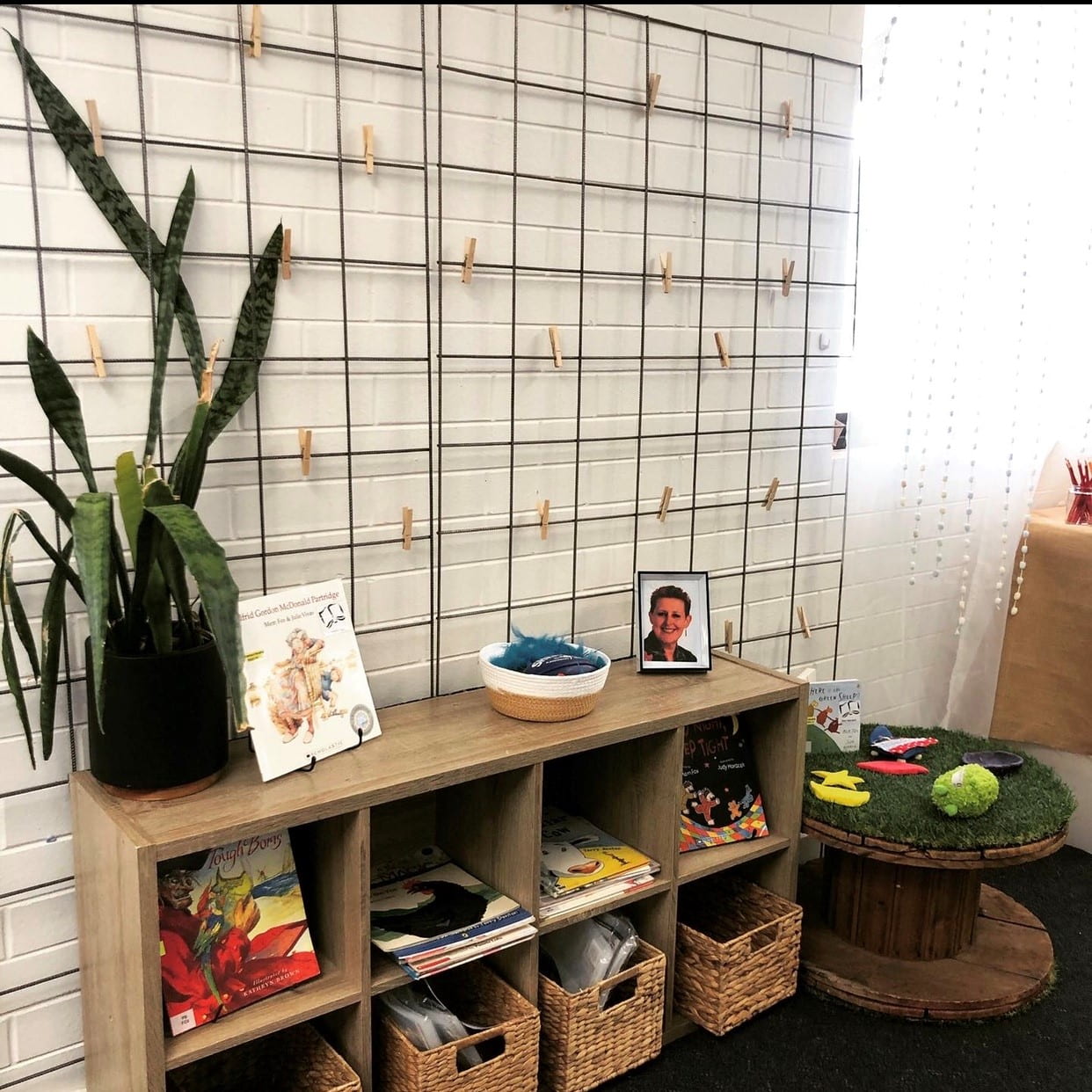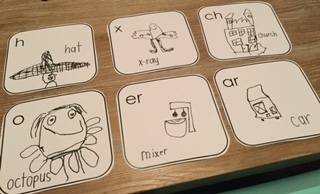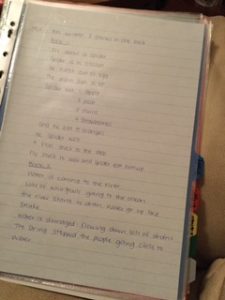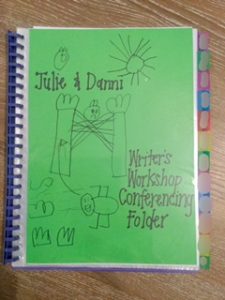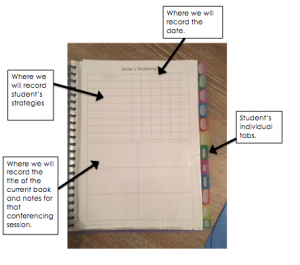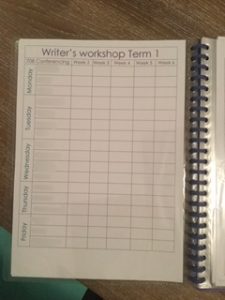Back to School 2020
Every time I start one of these posts I apologize for my lack of posts. This post is no different! Argh, where has the time gone? The time in between posts has hit an embarrassing all time high, approaching almost a year in between posts. Last year brought me to a new site, a new team, new kids and new experiences. And what a year it was! I visited Reggio Emilia with a couple of colleagues as part of a Department of Education study tour and that not only left me inspired for the possible, it also reinforced for me the importance of documentation. On reflection, my trip to Reggio confirmed that this little blog I created way back in 2017 is a good way for me to document my journey, consolidate my ideas, share my wonderings and if it manages to help a few people along the way that is an added bonus. Towards the end of last year, Lisa Burman mentioned to me that she had shared my blog with a number of people new to the Writer’s Workshop world but told them that I hadn’t blogged for a while… Like we nudge our students to do something more or to try something new that was definitely Lisa’s nudge for me to write a new post. Haha!
As I mentioned in my previous post, the school I’ve moved to, practise Writer’s Workshop including Bookmaking and Notebook as a site wide commitment and I have been blown away with the kids noticings of the crafts of writing, their enthusiasm for writing and their ability to read books like writers. I spent the year planning spotlight studies for Writer’s Workshop with Toby my co-teacher and other teachers within our early years hub group alongside Lisa Burman our literacy coach. Our spotlight studies for 2019 included…
*’Building a Community of Writers’
*’Where Writer’s Get Ideas’
*’Publishing – Making our Writing Public’
*’How To Books’
*’Getting Ready for Meet the Author’
*’Create Interesting Characters’
*’Characters Drive the Plot of Stories’
*’Read Like a Writer’
*’How to Have Effective Conferences’
*’Publishing by Reading Aloud to an Audience’
*’Writing to Persuade’
Planning for a spotlight study starts with an idea. This often comes from the children, from a need or from the curriculum. We then brain dump in all the possibilities into a mind map before other members of our Early Years Hub Group add to it, building on our ideas. I like to think of this as us planning for the possible. During the planning stage we make links to the Australian Curriculum and at the end of each term we meet to reflect on spotlights taught and the curriculum covered. When the spotlight is planned Toby and I pick one part to begin with in the form of a mini lesson or series of mini lessons and we see where the kids take it. We refer back to the mind-map to relaunch as we need to. Last year it worked out that we covered 3 spotlights per term with each spotlight study lasting between 3-4 weeks.
This is an example of one of our initial mind maps. It’s not pretty, just a scribble of ideas that we continued to build upon.
Other writing rituals stayed the same for me last year. I followed the cycle of mini lessons, write time and reflection time. Although finding time for reflection continues to be an ongoing area of growth for me. I used a floor book to capture mini lessons (probably not as much as I should have), I had conferences with children to discuss writing successes, nudges and writing goals and I continued to use the amazing Danni Porcaro’s strategy cards to give to kids so they had a visual reminder of their writing goals. (If you haven’t got on board Danni’s strategy cards you can find them on TPT via this link. https://www.teacherspayteachers.com/Product/Writers-Workshop-Strategy-Cards-2964210 )
Fast forward to this year and luckily for me, Toby and I are sharing a space once again which means we can build on things that we established last year. In 2019 we stored our bookmaking supplies (blank books, lined books, alphabet charts, and the children’s bookmaking folders) in ikea trolleys. They were great because they were flexible and could be wheeled around the place but always seemed to be a little disorganised. The picture below is of our trolleys that held our bookmaking folders with the children’s bookmaking books. We had another trolley that held all the other tools we needed but the children found it difficult to navigate independently.
So this year we have decided to make a few small changes and one of these is around the storage of our materials. We decided to store all the consumable materials including paper, staplers, blank books, lined books,, blank conferencing sheets, alphabet charts, high frequency words and dictionaries in a ‘Paper Cafe’. This year Toby and I will each have a primary caregroup that we are accountable for during Writer’s Workshop time; so we set up the ‘Paper Cafe’ in the centre of the room to be accessible for everyone. We have used an ikea unit to store these materials and will continue to use the trolleys to store each group’s bookmaking folders. We are yet to label the magazine boxes but these will store our pre-made books, our alphabet charts and paper.
Before school went back I also had this vision of our kids being able to display their most current bookmaking books. Last year once the kids had published a book it went straight into their ‘published’ folders on the shelf basically to be never to be looked at again. I didn’t want this to happen again, I wanted them to be visible to the kids so they would be more inclined to read them or read books that had been authored by others. Adele and Katherine the teachers in the class next door to us, had clips that the children could hang their published books up on and my former colleague Danni had pegs up on a cupboard door in her classroom so we used both of these ideas as inspiration and created this space in our room.
We will use the pegs in this space to hang our most current published books (including my own… I really need to get better at finishing my own books this year!) and will also use this space to store current author study books alongside story tables or playscapes connected to this author. The baskets with clear folders at the bottom will hold our older published books and I think this year I will make more of a conscious effort to teach the children how to use these folders; not only for storage, but also as a library that can be viewed and borrowed.
Before we knew it, our room was set up and the kids were back to school. Like last year, Toby and I spent time in our groups on the first day of school explaining to the children that their first bookmaking book of the year was going to be a blank one with a yellow cover. We told them that we weren’t going to give them any help with it because we wanted to see what they could do as an author all by themselves. This book will become our baseline data for writing. We were fortunate enough to have kept 21 out of 39 children from last year so this process was not unfamiliar to them. In fact, some of these children then voiced how we then will look back on these books to see how they grow as writers over the year. A few children finished their books during the first week back so we have published them by reading them aloud to our groups and by hanging them on a peg.
One of our new children did catch me off guard this week when he asked me if I had a publisher? I said I wasn’t sure and asked him what it was. He said was a thing that you roll to get the right date and then stamp in the front or on the back of the book to say that it was published. This was something that I hadn’t used before in bookmaking but I could see that it was of great importance to him. I had a quick look in a box that I hadn’t unpacked since moving schools and found a very old date stamp. I asked him if this is what he meant? He said it was and he said that we really needed to use it to make our books published otherwise they weren’t really published. This was something he explained that he did with his class and teacher last year. I tried changing the date, however the year didn’t go to 2020 only 2019. I showed him that this might be a problem to which he replied ‘can you just cut that bit off?’ So that’s what we did, I cut the year part off the date stamp and he settled for me writing the year next to the stamped day and month.
I will start mini lessons next week to launch into our first spotlight study of the year – ‘Building a Community of Writers – I am Independent’ At this stage I have only dumped my ideas, ideas drawn from previous years and curriculum links into a mind map and will spend time with Toby and other early years teachers to extend these ideas during our nit this week and plan our next spotlight studies for the term.
I’ve set a reminder in my phone to blog again soon. I wonder how many times I will reset it? haha! I am going to try my hardest to blog again before the term is over.
Happy Writing!
Julie
